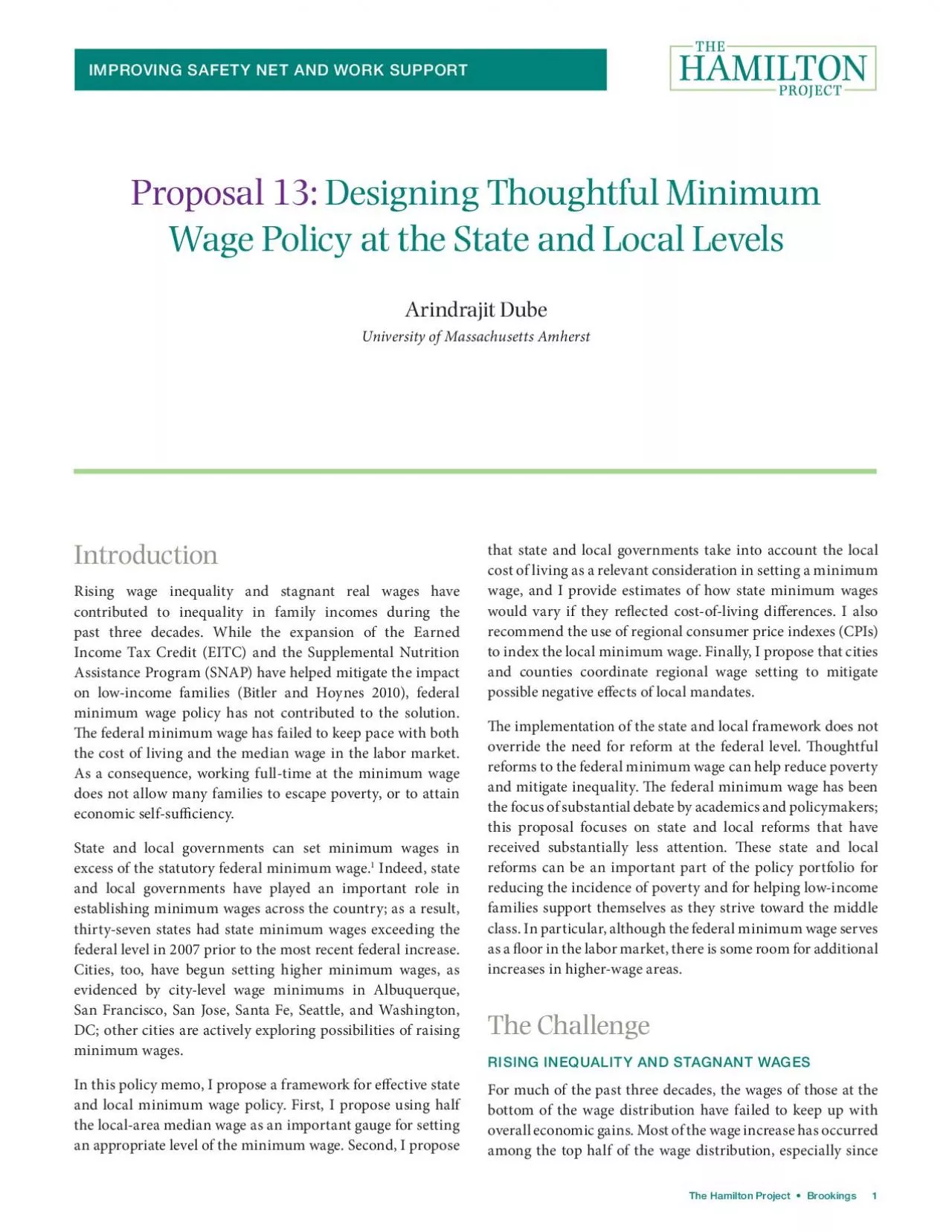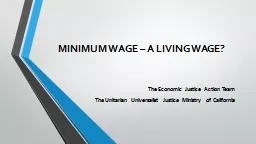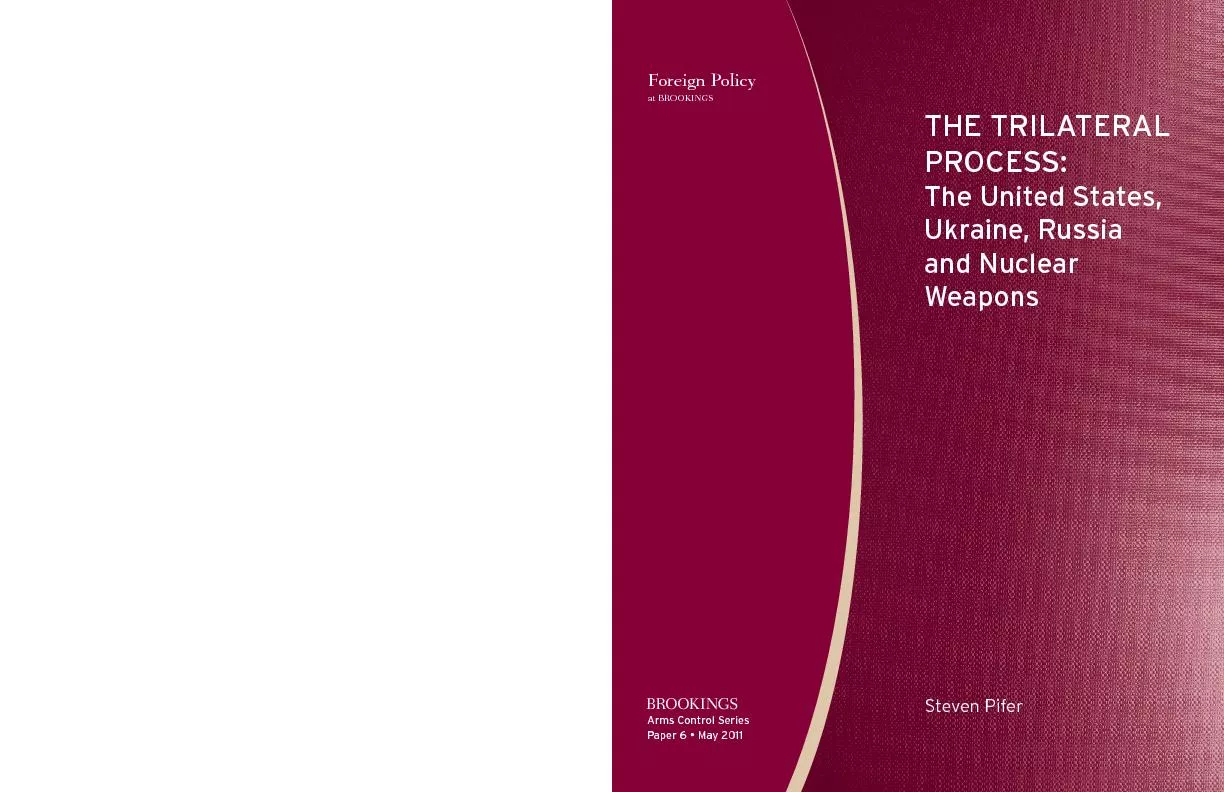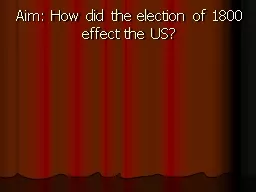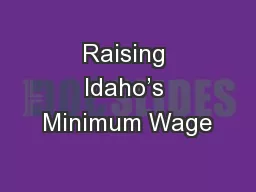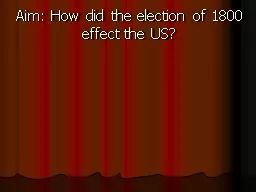PDF-The Hamilton Project Brookings 1IntroductionRising wage inequalit
Author : clara | Published Date : 2020-12-07
IMPROVING SAFETY NET AND WORK SUPPORT Proposal 13 Designing Thoughtful Minimum Wage Policy at the State and Local LevelsArindrajit DubeUniversity of Massachusetts
Presentation Embed Code
Download Presentation
Download Presentation The PPT/PDF document "The Hamilton Project Brookings 1Int..." is the property of its rightful owner. Permission is granted to download and print the materials on this website for personal, non-commercial use only, and to display it on your personal computer provided you do not modify the materials and that you retain all copyright notices contained in the materials. By downloading content from our website, you accept the terms of this agreement.
The Hamilton Project Brookings 1IntroductionRising wage inequalit: Transcript
Download Rules Of Document
"The Hamilton Project Brookings 1IntroductionRising wage inequalit"The content belongs to its owner. You may download and print it for personal use, without modification, and keep all copyright notices. By downloading, you agree to these terms.
Related Documents

